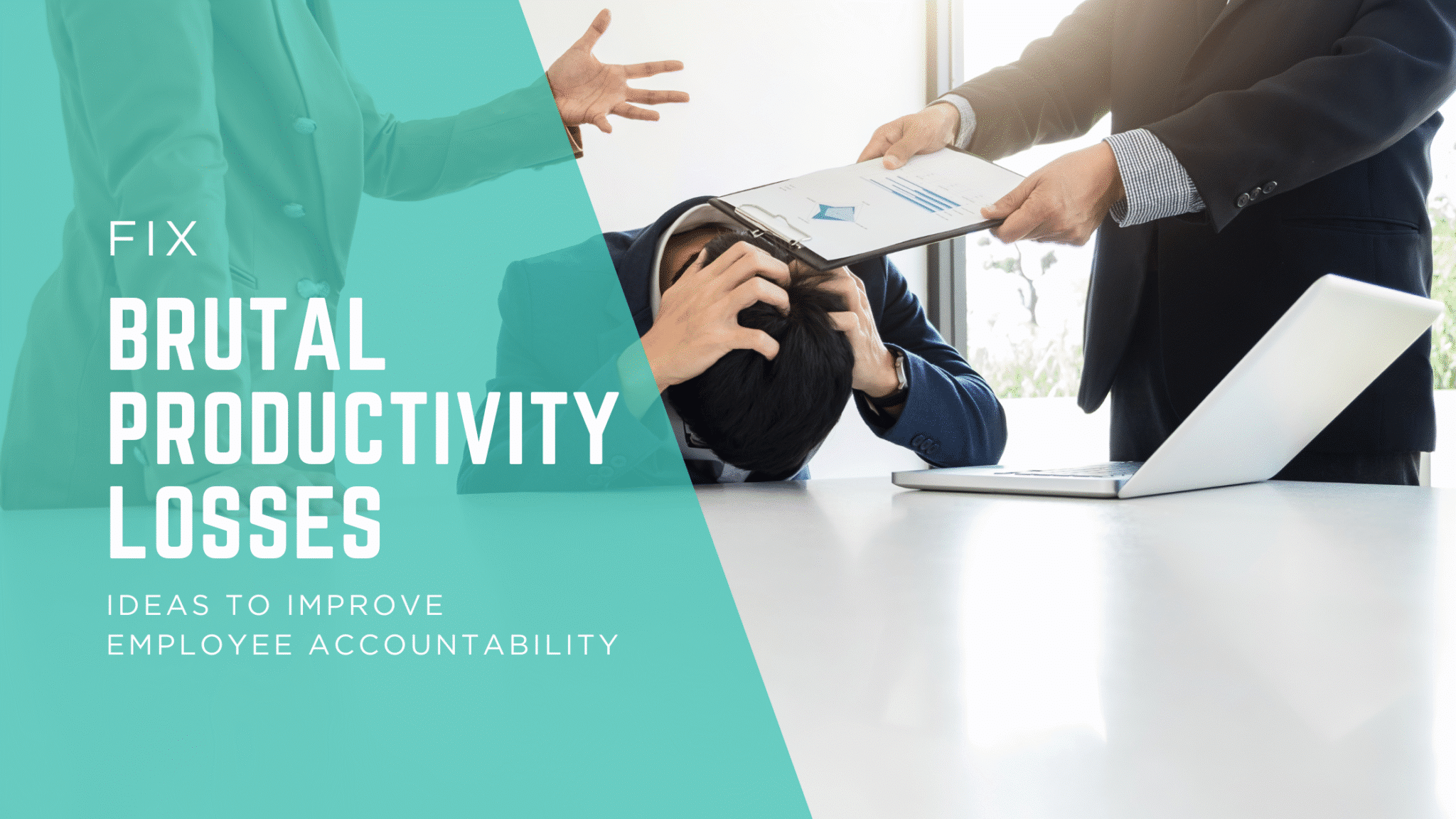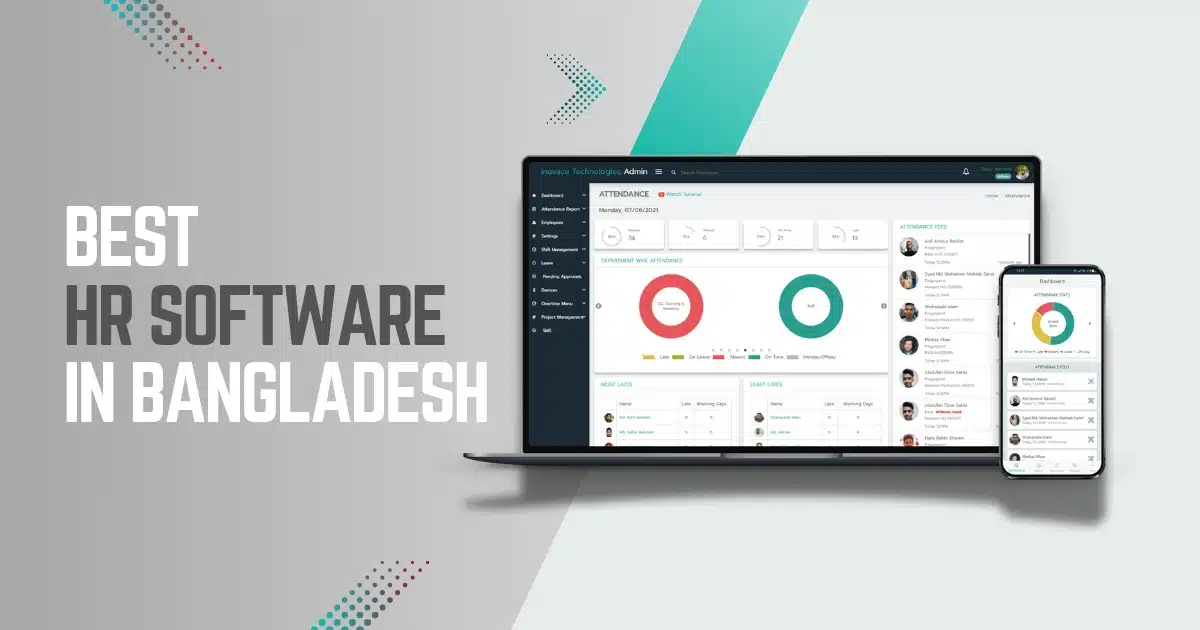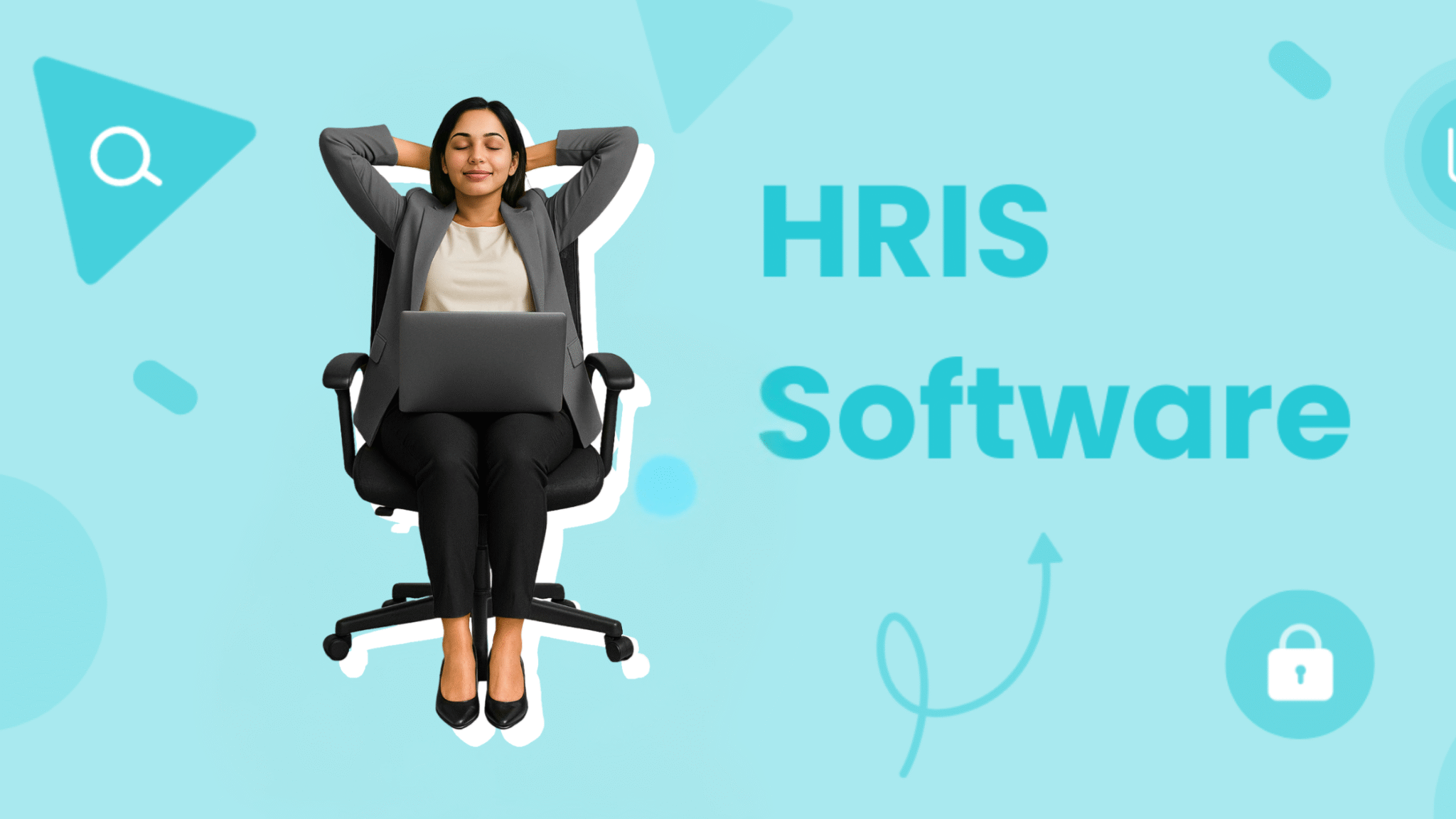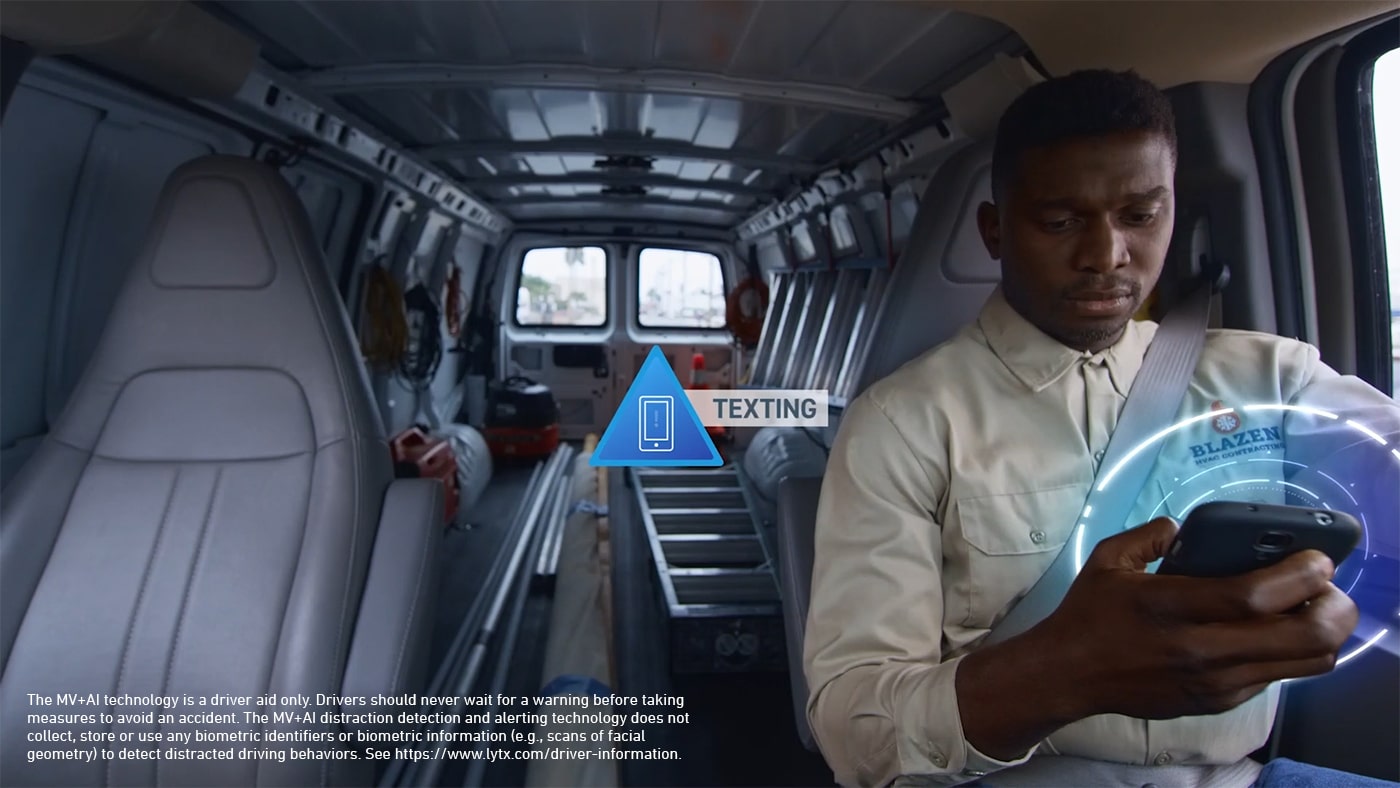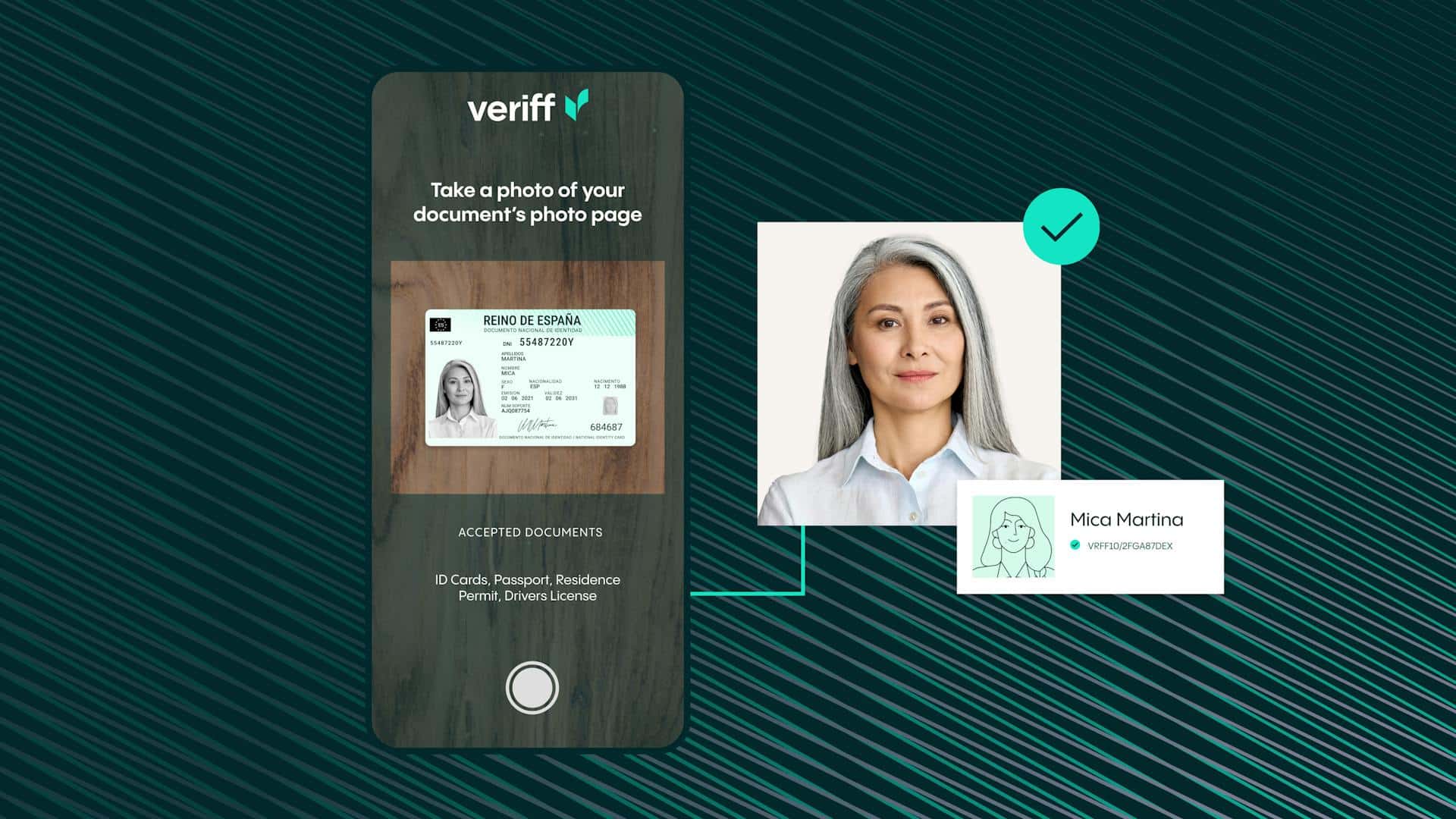In the intricate dance of workforce management, employee accountability is the rhythm that keeps everything in sync. When employees are accountable for their time and attendance, productivity soars, morale improves, and the entire organization benefits. But in many workplaces, a lack of transparency and outdated attendance tracking methods can create a discordant symphony of tardiness, absenteeism, and disengagement.
A 2021 survey by the Workforce Institute at Kronos revealed a startling statistic: 75% of organizations reported experiencing time theft, with buddy punching, extended breaks, and early departures being common culprits. The financial implications are significant. According to a 2023 Gallup poll, actively disengaged employees cost the global economy a staggering USD 7.8 trillion in lost productivity. It’s a wake-up call for businesses to address this issue head-on.
The Pain Points: Unveiling the Accountability Gap
- The Tardiness Tango: Employees strolling in late, disrupting workflow and leaving colleagues to pick up the slack. It’s a common frustration that breeds resentment and undermines team dynamics.
- The Absenteeism Abyss: Unplanned absences can throw even the most well-organized schedule into disarray, leading to missed deadlines, decreased productivity, and increased stress for remaining staff.
- The Buddy Punching Blues: Colleagues clocking in for each other, creating a culture of dishonesty and undermining the accuracy of attendance records.
- The Manual Tracking Mess: Paper timesheets, punch cards, and outdated systems are prone to errors, manipulation, and time-consuming administrative tasks.
- The Lack of Visibility: Without real-time data and a transparent system, managers struggle to identify attendance patterns, address issues promptly, and foster a sense of accountability.
The Transparency Transformation: Empowering Accountability
Transparent attendance tracking is the key to bridging the accountability gap. It’s like shining a light on a previously murky process, revealing attendance patterns, promoting fairness, and empowering both employees and managers to take ownership of their time.
The Role of Technology: The Biometric Attendance Device
Biometric attendance devices leverage unique human characteristics—such as fingerprints, facial recognition, or iris scans—to ensure accurate and tamper-proof timekeeping. They eliminate buddy punching, prevent time theft, and provide real-time visibility into attendance data. It’s like having a digital timekeeper who’s always on duty, ensuring fairness and accountability.
10 Ways Biometric Attendance Systems Improve Employee Accountability
- Biometric Attendance Systems for Loss Prevention eliminate buddy punching, ensuring each employee must physically be present to clock in or out.
- By ensuring accurate time tracking, Biometric Attendance Systems for Loss Prevention prevent time theft, guaranteeing you only pay for hours actually worked.
- The data generated by Biometric Attendance Systems for Loss Prevention provides a clear audit trail, making it easier to investigate any discrepancies or suspected time theft.
- The visible presence of Biometric Attendance Systems for Loss Prevention acts as a deterrent, signaling to employees that the company is serious about accountability.
- Biometric Attendance Systems for Loss Prevention can help identify patterns of absenteeism or tardiness, which could be indicative of potential problems that need to be addressed.
- Biometric Attendance Systems for Loss Prevention foster a culture of transparency and fairness, where everyone is held to the same standards.
- By providing real-time data and insights, Biometric Attendance Systems for Loss Prevention empower managers to address attendance issues proactively and provide support to employees who may be struggling.
- The automation of time tracking and payroll processes with Biometric Attendance Systems for Loss Prevention reduces administrative burden and allows HR professionals to focus on strategic initiatives.
- By ensuring accurate and timely payroll, Biometric Attendance Systems for Loss Prevention contribute to employee satisfaction and reduce payroll-related grievances.
- The implementation of Biometric Attendance Systems for Loss Prevention is a clear demonstration of a company’s commitment to fairness, transparency, and accountability, fostering a more positive and engaged work environment.
Beyond the Clock: The Ripple Effects of Transparency
Transparent attendance tracking has a ripple effect that extends beyond just improving attendance. It fosters a culture of trust, where employees feel valued and empowered to take ownership of their work.
- Increased Trust: When employees see that attendance policies are fair and consistently enforced, it builds trust in management and strengthens the employer-employee relationship.
- Enhanced Productivity: A culture of accountability encourages employees to be more focused and productive, knowing that their contributions are recognized and valued.
- Improved Morale: A transparent system promotes a sense of fairness and equality, boosting employee morale and creating a more positive work environment.
- Reduced Absenteeism: When employees feel a sense of ownership and responsibility, they’re more likely to be present and engaged, leading to decreased absenteeism and improved overall attendance.
The Human Touch: Addressing Employee Concerns
While the benefits of biometric attendance systems are compelling, it’s essential to address potential employee concerns proactively. Transparency and open communication are key.
- Privacy: Assure employees that their biometric data is securely encrypted and used solely for authentication purposes. Clearly communicate data storage and access policies to build trust.
- Data Misuse: Emphasize that biometric data cannot be reverse-engineered to recreate a person’s physical characteristics and that strict measures are in place to prevent misuse.
- Hygiene: Address hygiene concerns by implementing regular cleaning and sanitization protocols for shared devices or opting for touchless biometric options like facial recognition.
Conclusion: A Pathway to a More Accountable Workplace
In today’s competitive business landscape, employee accountability is more than just a desirable trait; it’s a necessity for success. Transparent attendance tracking, powered by biometric technology, provides a powerful solution to foster accountability, boost productivity, and create a more engaged and motivated workforce.
By embracing this technology and addressing employee concerns proactively, businesses can transform their workplace culture, improve efficiency, and achieve their goals. It’s an investment in the future of your organization, a commitment to building a workplace where everyone feels valued, respected, and accountable for their contributions.
FAQ (Frequently Asked Questions)
How can a transparent employee attendance device improve employee morale?
It fosters a sense of fairness and trust, as everyone is held accountable for their attendance.
What are the different types of transparent employee attendance devices available in Dhaka?
You’ll find options like biometric devices, proximity card systems, and mobile apps with real-time tracking and reporting capabilities.
Is it expensive to implement a transparent employee attendance device in Dhaka?
The cost varies depending on the type of device, features, and the size of your workforce. However, the long-term benefits often outweigh the initial investment.
Can a transparent attendance device be used for remote workers in Dhaka?
Yes, mobile apps and cloud-based systems with GPS tracking or geofencing capabilities can be used to track the attendance of remote workers.
How can I ensure data privacy with a transparent employee attendance device?
Choose a device with robust security features like encryption and access controls. Clearly communicate the data usage policy to employees.
What are some tips for successfully implementing a transparent employee attendance device?
Involve employees in the decision-making process, provide adequate training, and address any concerns proactively.

